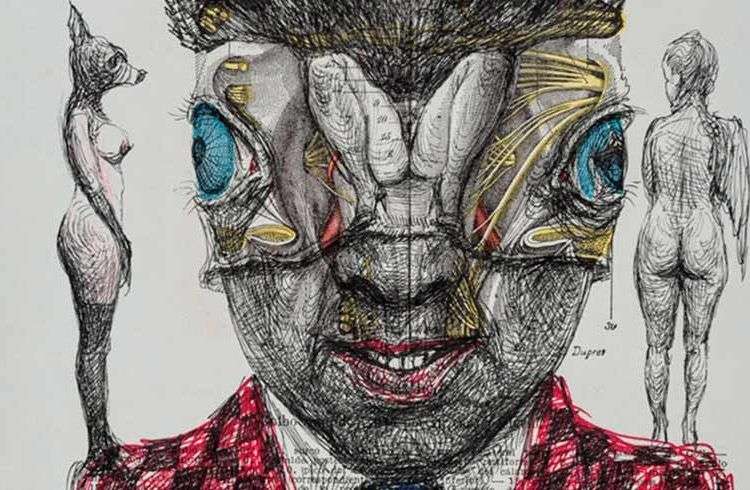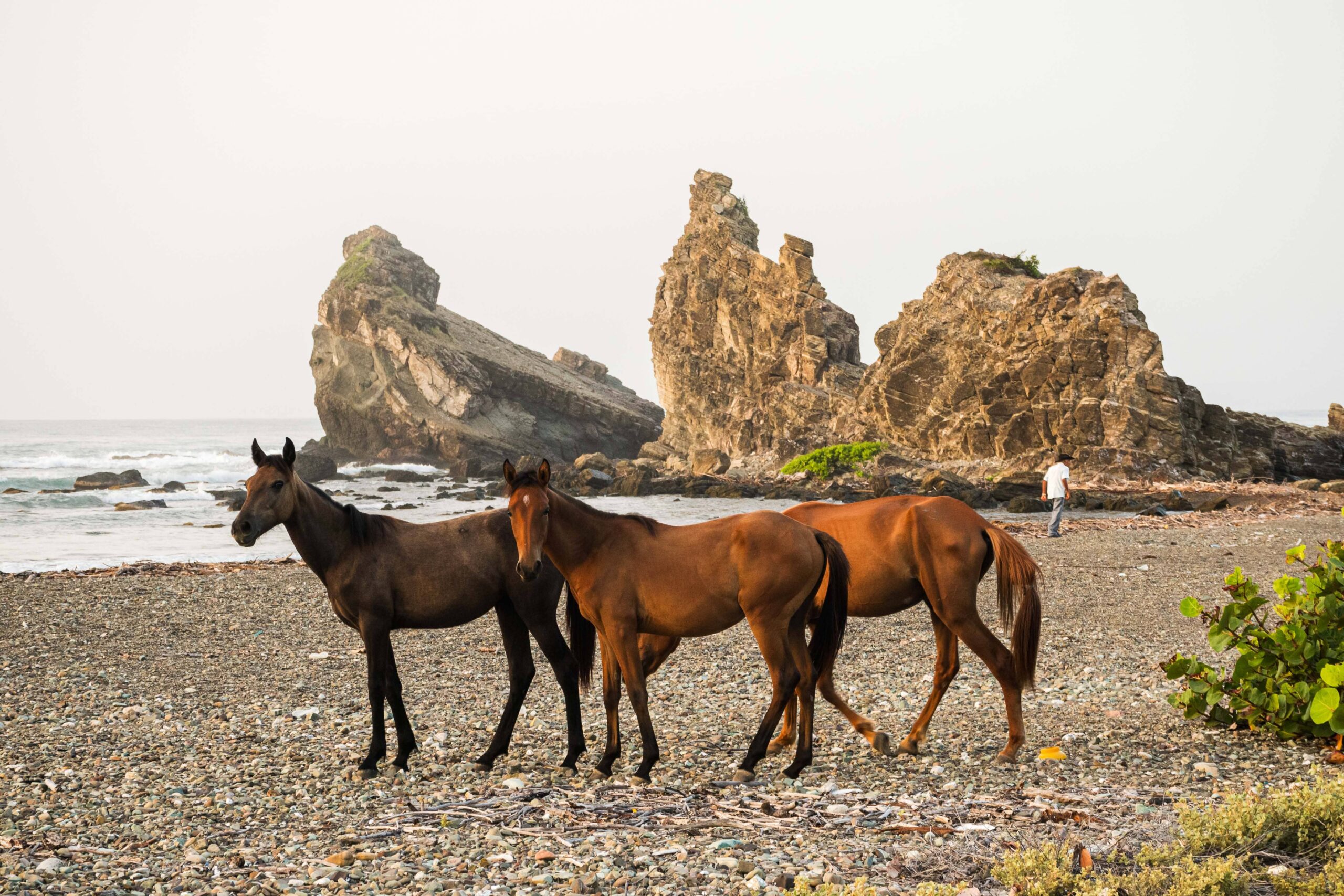The exhibit Fabelo’s Anatomy, at the Museum of Latin American Art, Long Beach, California, will be open for the public from June 28 till September. In the third issue of Art OnCuba an article by PhD. Llilian Llanes deals with Roberto Fabelo’s latest drawings; an article we decided to share with our readers.
Roberto Fabelo (Guáimaro, 1951) seems to have been born with a pencil in his hand. He majored from the National School of Arts (ENA by its acronym in Spanish), and then from the Higher Institute of the Arts (ISA by its acronym in Spanish), where he worked as a professor for a few years.There I met him and there I had my first experiences of his passion for drawing. I majored in Arts, so I was taught that the History of Arts was the history of painting, sculpture and architecture. However, I felt more attracted to painting, while working at the National Museum of Fine ArtsI had to arrange Martinez Pedro archive, who had told Marta Arjona that if we were able to make it he would donate it to the museum. Back then I was about 18 years old and was still studying at the university. That time immersed in the revision of the painter’s work which awoke my interest in painting, thanks to the privilege of being the first one to dust off beautiful surrealist series nowadays in the possession of the Museum.
Nonetheless, it was Roberto Fabelo’s Fragmentos vitales, a piece he exhibited at 1984 Biennial, which definitely gave way to my passion for contemporary drawings and made me understand the poetry in some charcoal drawings on a simple wrapping paper. This piece had been created at ISA, during a boring nightwhen the then young professor found some crayons and some kraft paper in a drawer. He tore a piece of that paper in an irregular cut which would give a new meaning to his work. Thus, Fragmentos vitales emerged, over a rough surface, following the shape of the piece of paper; a piece that surprised all of us who had the privilege of appreciating it. Someday this piece will be properly appreciated for its value in the History of Cuban Art. So far, no other artist had transgressed in such a way a plain piece in the national artistic sphere.
Used to drawing over regular formats, something that seemed random was actually due to that spirit floating in the atmosphere of ISA at that time, when a recycling aesthetics was beginning to settle among its students, an admiration of povera art, which brought about many interesting works among those who majored in the 80’s. Within that context, Fabelo, who belonged to the middle generation of graduates between the 70’s from ENA and the 80’s from ISA, achieved noticeable recognition in the artistic scenario of that time. From then on, he has developed a fruitful professional career that covers most manifestations of visual arts.
Yet, I think Fabelo is a draftsman. His graphomania, as he calls it, was born in his home town, Guaimaro, as he used to grab a paper bag and a little pencil and start drawing while waiting to be served at the grocery store. Thus, it gradually became a habit, as he understood any means was good to let his imagination flow, by pencil, charcoal, ink strokes or any other means to create an image. He got to this conclusion also thanks to the wisdom with which his professors at ENA or ISA taught him the mysteries of drawing.
It’s been a long time now. A few days ago, I ran into Fabelos’ latest drawings, which moved me once again for his capacity to use the expressive qualities of paper with a deep poetic sense, with the imprint of a delicate and refined beauty in those old and tiny pieces of paper. While observing his work over the sheets of an old Anatomy book, a method that took me back to Fragmentos vitales, I thought about how much apparently random inspiration lies in the work of an artist. A pencil in hand, in combination with personal sensitivity, has sharpened Fabelo’s observation capacity, favoring his imagination and his special visual intelligence. Recently he told me: “what you call poetry is an attraction by some means with a memory of their own, I just take part in that memory”. Later on, reflecting on the origin and the nature of this series, he explained to me: “These means encourage me to break their condition a little bit. The pages of the anatomy book are attractive just by themselves. They convey solutions, and huge creativity. It felt almost a sacrilege to manipulate them, to take part in them, but eventually that habit that drags me to the limit was stronger, and I drew on those images, thus creating a new one, and also using some text as title. Anatomy terms thus became poetry when taken out of their context, their phrase or the book itself. It’s like a game”.
In the end, throughout these years Fabelo has successfully gone deeper in his work and has been able to experiment with different expressive tools and attributes, preserving that intimate relation with the chosen mean.
If for some people drawing is a starting point, a step for moving to other more valuable manifestations, for an artist like Fabelo it is still a means of creation whose expressive content is filled with a very personal spirituality and poetry.










